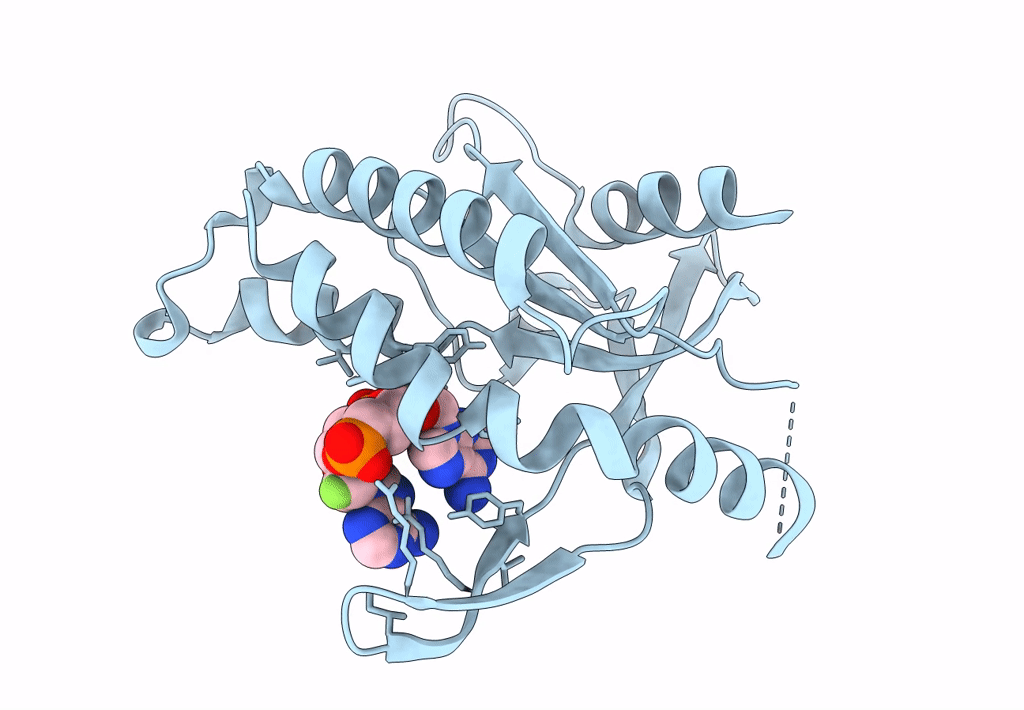
Deposition Date
2021-11-10
Release Date
2022-10-19
Last Version Date
2024-02-07
Method Details:
Experimental Method:
Resolution:
2.36 Å
R-Value Free:
0.25
R-Value Work:
0.22
R-Value Observed:
0.22
Space Group:
P 41 21 2


